Geoffrey Middeleer: Less can be More when it Comes to Residential Landscape Design
April 5, 2016
When I’m driving around Fairfield County, either between jobs or running errands, I spend a lot of time looking at the many residential landscapes that I pass. I am always looking —and critiquing (the curse of the design professional!). During these drives, one of the most common issues I notice is visual clutter: landscapes that are filled with many beautiful plants but that lack a feeling of cohesion and do little to enhance the architecture of the house. In my many years of designing residential landscapes (and doing drive-by redesigns), I have found that using restraint in planting designs, and placing plants with a view of the overall effect, rather than just individual merit, usually results in landscapes with more visual appeal.
I think of residential landscapes as abstractions of natural landscapes. And when I think about examples of beautiful landscapes in nature, I think of a meadow, a shoreline landscape of low shrubs and grasses, a sweep of ferns or a grove of birches in the woods. These are landscapes that are relatively simple from an aesthetic point of view, with a feeling of repetition and uniformity. These same principals of simplicity and repetition are equally effective in the home landscape.
One of the areas where restraint is usually a good idea is at the front foundation of a house. In many cases, these areas are filled with a large variety of trees, shrubs and perennials that, while beautiful as individual plants, don’t work well together, and vie for attention with the building itself. I have found that foundation plant-ings that are most effective are those that respect the architecture by limiting the number and variety of plants, giving consideration to their potential size, and placing them in a way that complements the scale and massing of the building. Placing evergreens such as boxwood to flank the main entrance and mark the corners of the building, and using low massings of deciduous shrubs and perennials in between, and in response to windows, or other elements of the facade is often effective. When done with care, this approach makes the landscape feel like an extension of the architecture and help ground the building in the larger landscape.
The same principles hold true for the edges of a property. When designing for these areas, I will often repeat plantings of evergreen or deciduous shrubs and massings of herbaceous plantings to help unify the visual ef-fect. My goal is to provide interest throughout the year, be it with flowers, evergreen foliage, fall color, bark or fruit, but without using so many different types of plants that it feels fragmented. Microclimate, soil as well as the local ecology will all influence the final plant choices for specific portions of the property, but the final goal is always to preserve a sense of harmony while still providing moments of surprise and delight.
Of course, there are places in the landscape where having lots of different plant types is appropriate, if not preferable. Patios, formal gardens, perennial borders and even vegetable gardens are areas where variety and experimentation are often in order. These are the portions of the landscape where plants are meant to be viewed up close, and where you can appreciate the subtle differences between individual plants such as bloom color, texture and fragrance. In these situations, formal elements such as a stone walls, fences or hedges are often present which help to unify the overall effect and allow for a freer hand. But even here, I will repeat se-lected plants for a balance of color and texture.
While these parts of the landscape are often the highlights of the residential landscape, they also require more maintenance. And this is the other reason to consider restraint in your residential planting design. By using larger groupings of the same plant types and the same care requirements, maintenance is often reduced which can be a money saver.
Every landscape is different and each presents its own set of unique problem sets and opportunities. But re-gardless of the site conditions, the style of the building or the surrounding context, less is often more when it comes to creating landscapes of timeless elegance.
Geoffrey Middeleer is the founder and principal of Middeleer Land Design LLC, a Fairfield County, Connecticut landscape architecture firm specializing in sustainable residential design.
Share
![NEH-Logo_Black[1] NEH-Logo_Black[1]](https://www.nehomemag.com/wp-content/uploads/2022/08/NEH-Logo_Black1-300x162.jpg)
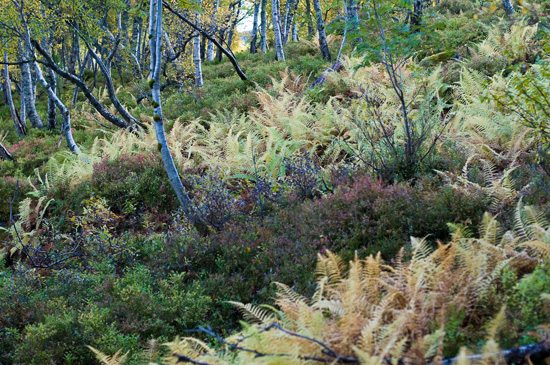
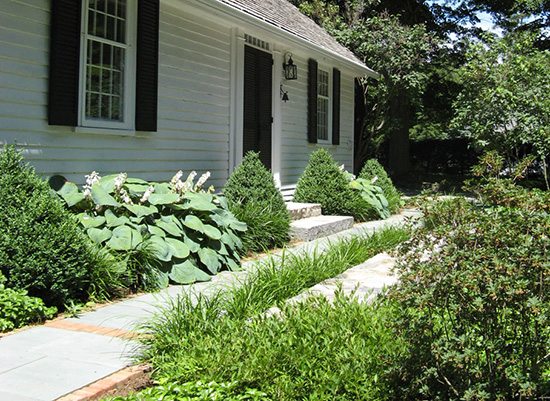
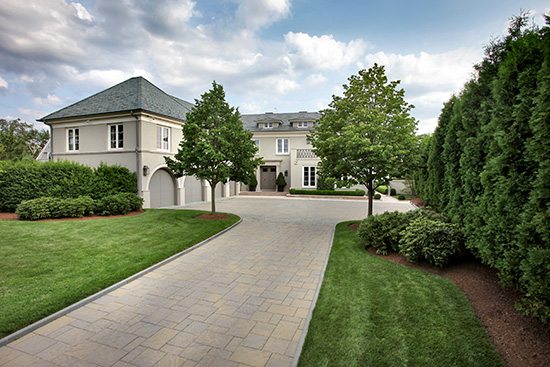
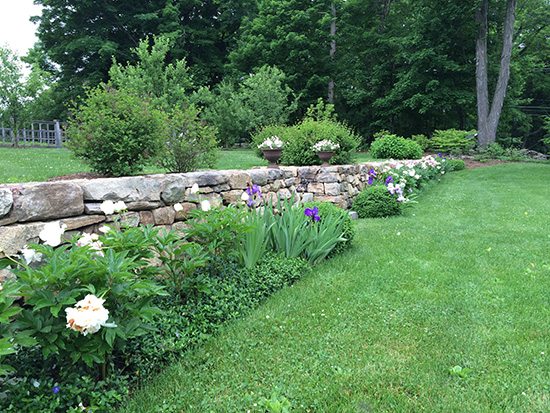




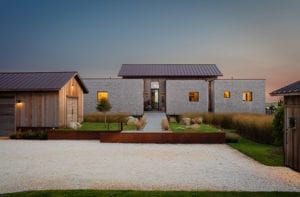
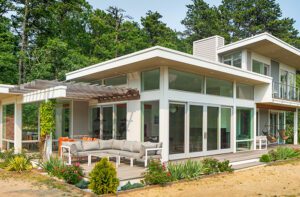
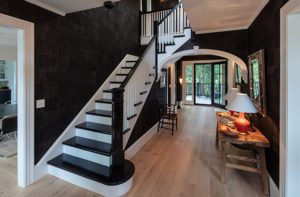

You must be logged in to post a comment.